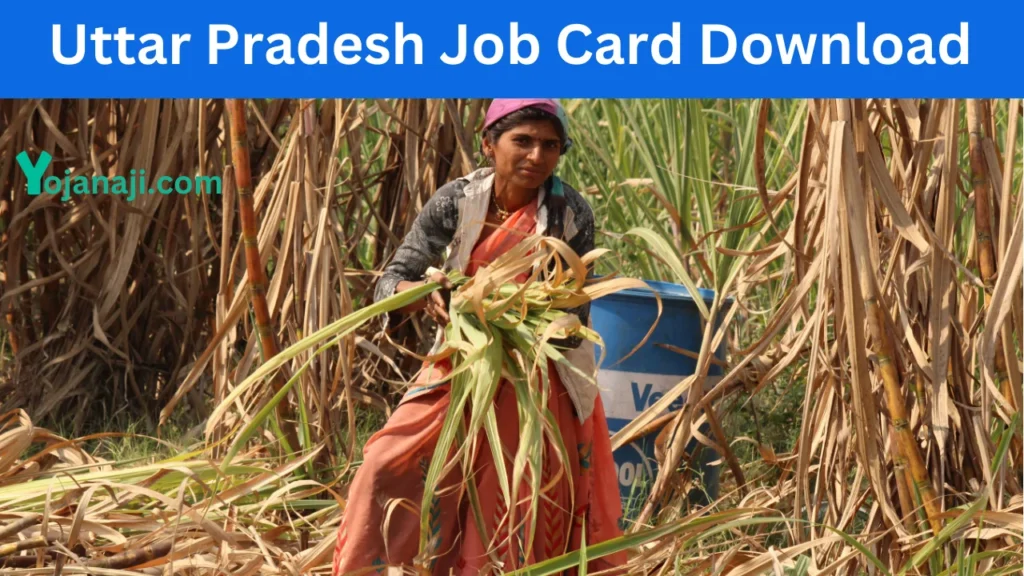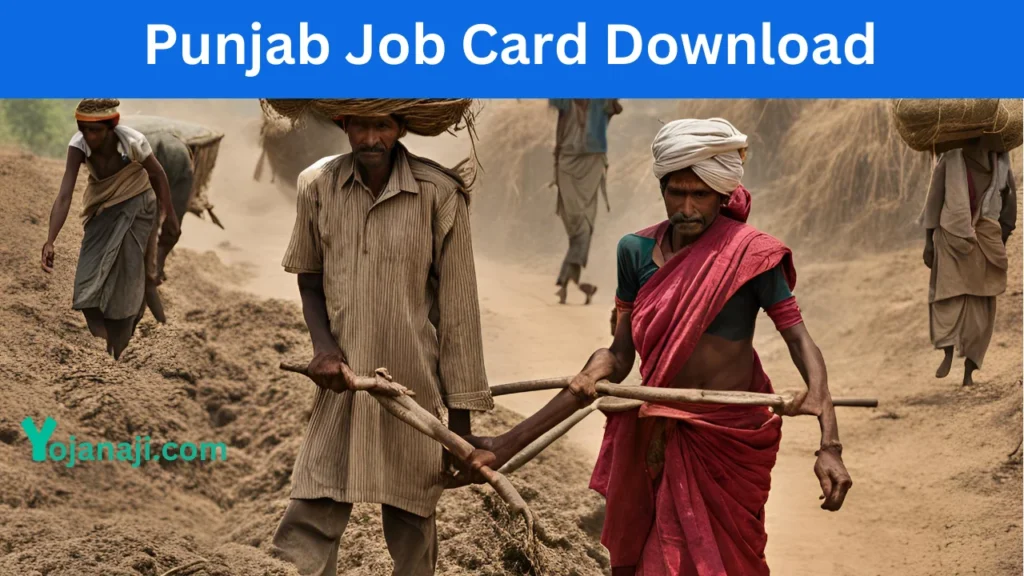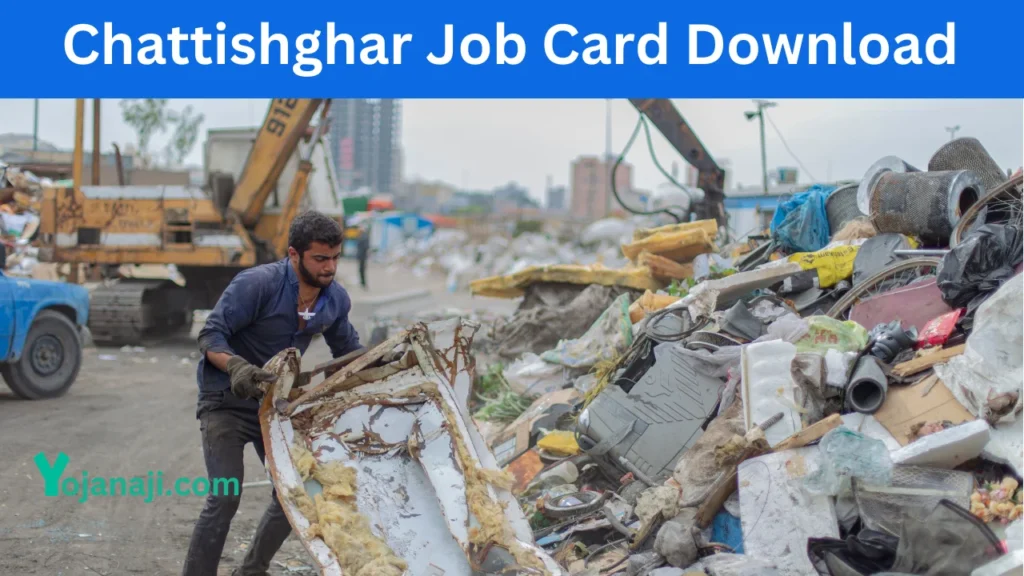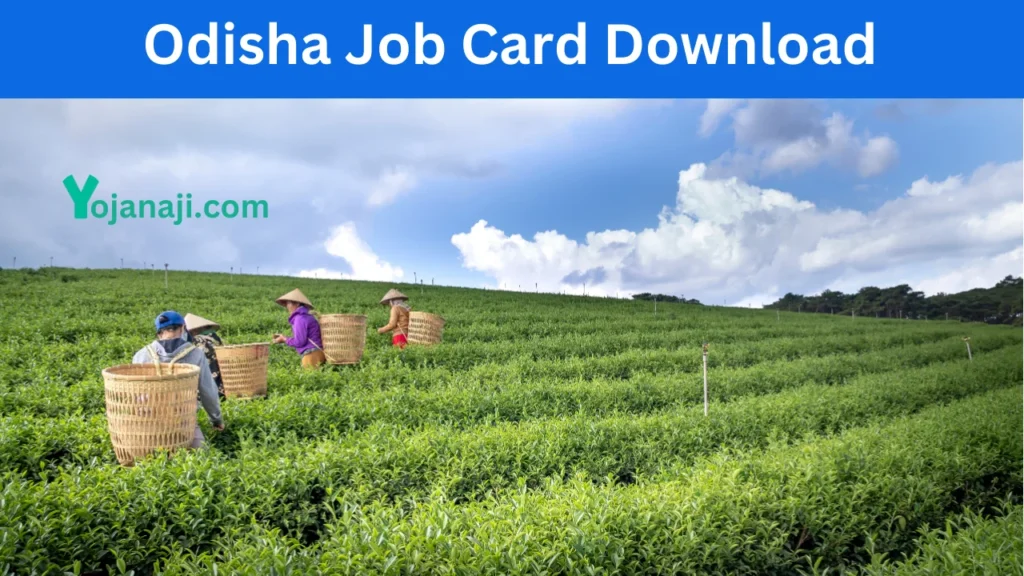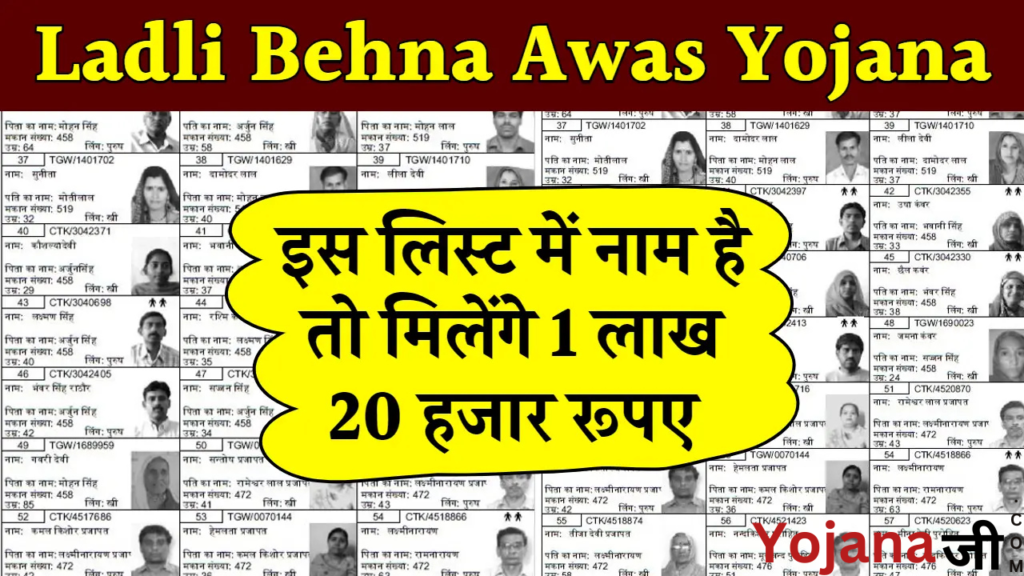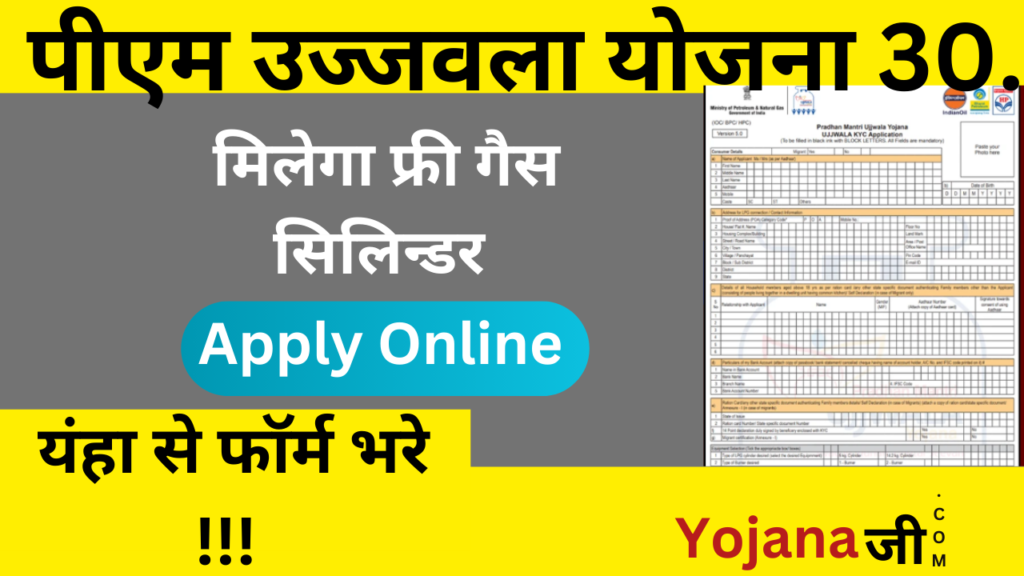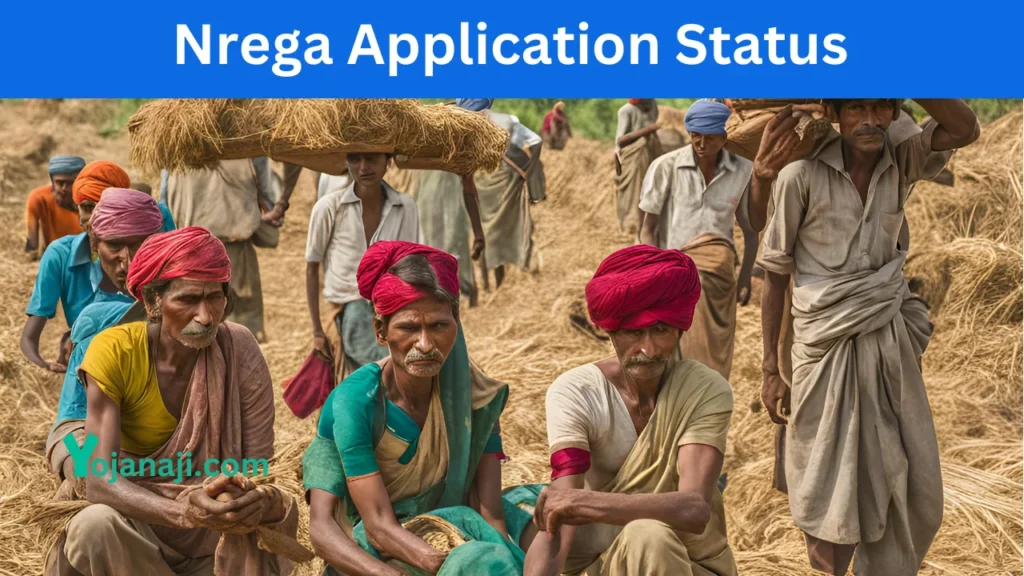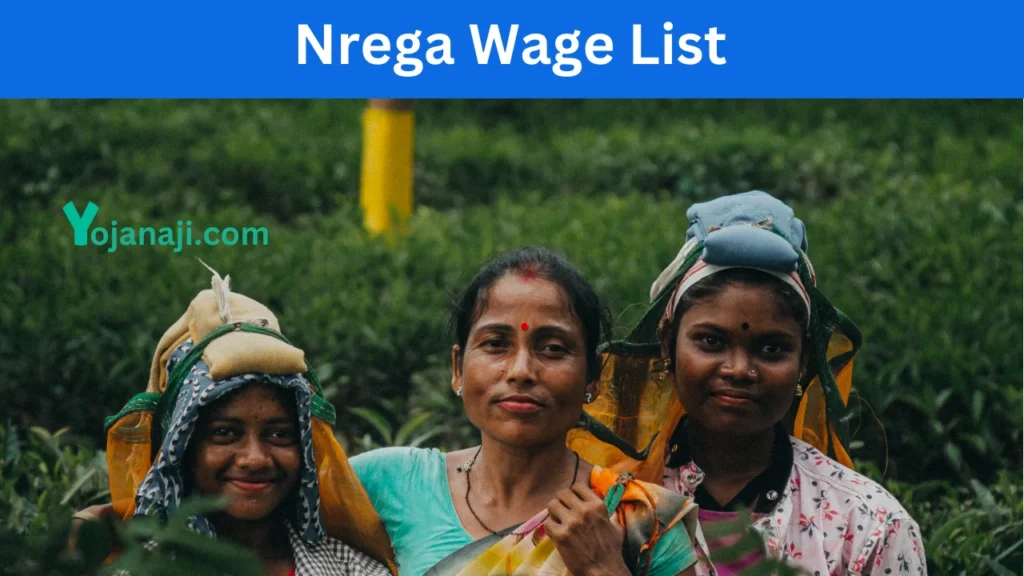The National Rural Employment Guarantee Act (NREGA), now known as the Mahatma Gandhi National Rural Employment Guarantee Act (MGNREGA), is a significant initiative by the Indian government aimed at enhancing the livelihood security of rural households. This landmark legislation guarantees 100 days of wage employment per financial year to every household whose adult members volunteer to do unskilled manual work. At the heart of this scheme lies the NREGA Job Card, an essential document that serves as a lifeline for rural workers, ensuring their entitlement to employment and fair wages. In this detailed blog post, we will explore the intricacies of the NREGA Job Card List, its importance, and the process of accessing it.
The Essence of the NREGA Job Card
The NREGA Job Card is more than just a piece of paper; it symbolizes empowerment for rural households. It contains vital information about the registered household and its members, including their photographs, details of work demanded and received, and the wages paid. This card ensures that workers have proof of their entitlements and can claim their rights under the MGNREGA scheme. Additionally, the job card acts as a record of employment and helps monitor the scheme’s implementation, ensuring transparency and accountability.
Steps to Apply for the NREGA Job Card
- Gather Required Documents:
- Proof of identity (Aadhaar card, voter ID, etc.)
- Proof of residence (ration card, electricity bill, etc.)
- Passport-sized photographs of all applicants
- Obtain the Application Form:
- Online: Download from the official MGNREGA website (nrega.nic.in)
- Offline: Collect from your local Gram Panchayat office or Common Service Centers (CSCs)
- Fill Out the Application Form:
- Provide details of all family members seeking employment
- Include age, gender, address, contact information, bank account details, and Aadhaar number
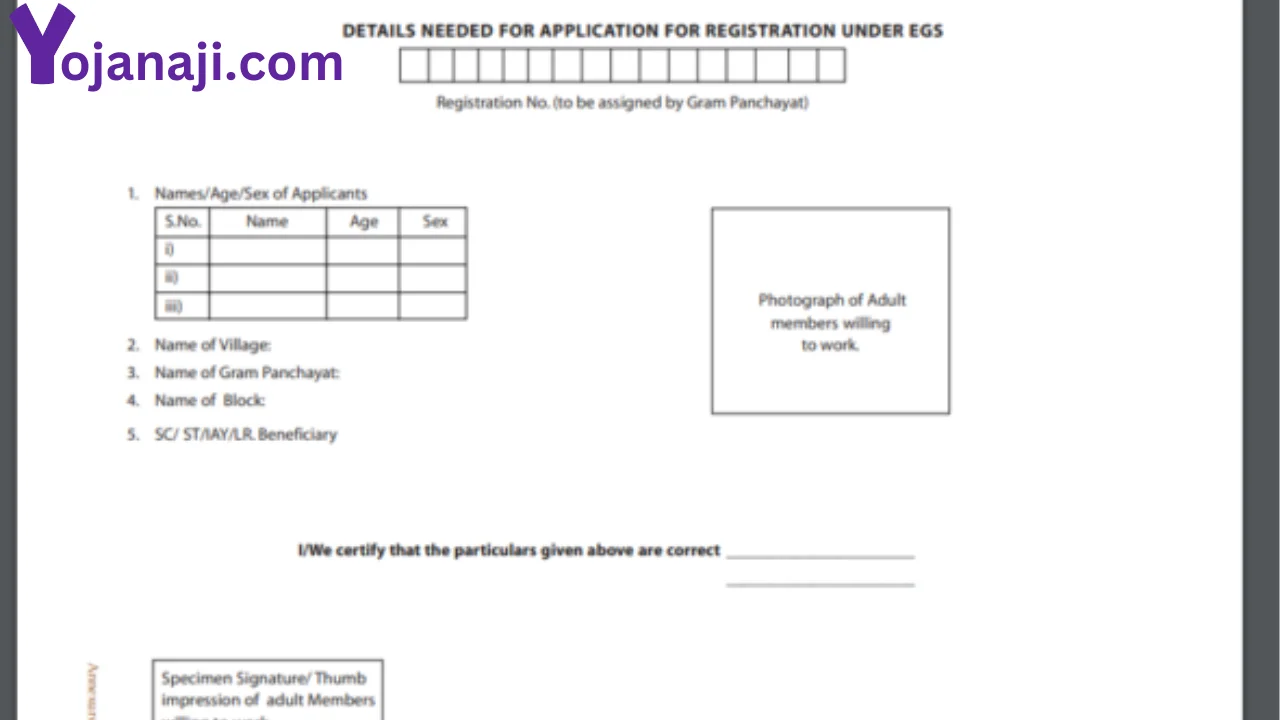
- Submit the Application:
- Submit the filled application form to the local Gram Panchayat office
- Verification:
- The Gram Panchayat will verify the details provided
- Issuance of Job Card:
- Upon successful verification, the job card will be issued within 15 days
💡 For more details see this post Nrega Registration
Importance of the NREGA Job Card List
The NREGA Job Card List is a publicly accessible document that contains the names of all the individuals and households that have been issued job cards under the MGNREGA scheme. This list plays a crucial role in the scheme’s implementation for several reasons:
- Transparency and Accountability: By making the job card list publicly available, the government ensures transparency in the implementation of the scheme. It allows citizens, social auditors, and other stakeholders to verify the issuance of job cards and monitor the delivery of promised employment.
- Prevention of Fraud and Corruption: The public nature of the list helps in curbing fraudulent practices. Since the information is accessible to everyone, any discrepancies or irregularities can be easily identified and reported, thereby reducing the chances of corruption.
- Ease of Access to Employment: For rural workers, the job card list serves as a point of reference to check their registration status. It helps them confirm that they are eligible for employment under the scheme and can claim work whenever needed.
- Efficient Resource Allocation: The job card list aids government authorities in planning and allocating resources efficiently. By knowing the exact number of job cardholders and their demand for work, authorities can ensure that adequate work opportunities are created and resources are distributed effectively.
The NREGA Job Card List holds significant importance in the effective implementation of the Mahatma Gandhi National Rural Employment Guarantee Act (MGNREGA). It serves as a crucial tool for transparency, accountability, and ensuring that the benefits of the scheme reach the intended beneficiaries. This list contains the names of all registered households and individuals eligible for employment under MGNREGA in a specific area.
Firstly, the NREGA Job Card List acts as a registry of eligible workers who can demand work under the scheme. It ensures that only registered households receive the guaranteed 100 days of employment. This helps in preventing misuse of the scheme and ensures that the benefits are not diverted to ineligible persons, thereby maintaining the integrity of the program.
Secondly, the list is instrumental in tracking employment details and wage payments. It records the number of days worked by each household, the type of work done, and the wages paid. This detailed tracking allows for accurate and timely wage disbursements, reducing the chances of errors and delays. Workers can cross-verify their employment records and payments against the list, which enhances transparency.
The NREGA Job Card List also facilitates the planning and allocation of work by the local authorities. By having an up-to-date list of workers, Gram Panchayats can efficiently allocate work based on demand and ensure that projects are adequately staffed. This helps in the smooth execution of rural development projects under MGNREGA.
Furthermore, the list is a public document that can be accessed by anyone, promoting transparency and accountability. It empowers citizens to monitor the implementation of the scheme and report any discrepancies or corruption. This public scrutiny ensures that the scheme operates efficiently and fairly.
In summary, the NREGA Job Card List is a fundamental component of MGNREGA that ensures transparency, accountability, and effective implementation. It safeguards the rights of workers, facilitates efficient planning, and upholds the scheme’s objective of providing guaranteed employment to rural households.
Pros And Cons Of Nrega
Pros
- Employment Guarantee: Provides 100 days of wage employment to rural households.
- Income Source: Vital income for rural families, alleviating poverty.
- Women Empowerment: Significant employment for women, promoting financial independence.
- Rural Economy Boost: Stimulates demand and economic growth in rural areas.
- Asset Creation: Develop infrastructure like roads and irrigation facilities.
- Environmental Benefits: Supports water conservation, afforestation, and land development.
- Reducing Migration: Lessens distress migration to urban areas.
- Inclusive Growth: Benefits marginalized communities.
- Public Audits: Promotes transparency and accountability.
- Direct Benefit Transfer: Reduces corruption through direct wage payments.
Cons
- Delay in Payments: Significant delays undermine the financial stability of workers.
- Administrative Hurdles: Bureaucratic inefficiencies slow project implementation.
- Poor Quality: Subparity of assets due to lack of planning and supervision.
- Maintenance Issues: Assets often lack regular maintenance.
- Misuse of Funds: Corruption and fund leakages are persistent issues.
- Fake Attendance: Instances of fake attendance records and ghost workers.
- Wage Distortions: Higher NREGA wages can lead to agricultural labor shortages.
- Dependency: Over-reliance on NREGA reduces motivation to seek other employment.
- Politicization: Subject to political manipulation and influence.
- Uneven Implementation: Varies significantly across states and districts.
Accessing the NREGA Job Card List
Accessing the NREGA Job Card List is a straightforward process, thanks to the digital initiatives taken by the government. Here’s a step-by-step guide to help you navigate through the process:
- Visit the Official MGNREGA Website: The first step is to visit the official MGNREGA website (nrega.nic.in). The website serves as a comprehensive portal for all information related to the scheme.
- Select Your State: On the homepage, you will find a map of India. Click on your respective state to proceed to the state-specific MGNREGA page.
- Navigate to the Job Card Section: Once you are on the state-specific page, look for the section labeled “Job Card” or “Job Card List.” This section might be located under different tabs such as “Transparency & Accountability” or “Reports.”
- Choose Your District, Block, and Panchayat: To narrow down the list, you will need to select your district, block, and panchayat from the drop-down menus. This ensures that you access the correct and relevant job card list for your area.
- View or Download the Job Card List: After making the necessary selections, you can view the job card list online. The list is typically available in a downloadable format (PDF or Excel), allowing you to save and print it for future reference.
- Check the Details: Once you have accessed the job card list, you can check the details to ensure accuracy. If you find any discrepancies or if your name is missing, you can report the issue to the local MGNREGA authorities for rectification.
💡 For more details see this post Nrega Application Status
Check State-wise
To view the Job Card List for each state, select your state from the table below.
| Andaman and Nicobar Islands | View |
| Andhra Pradesh | View |
| Arunachal Pradesh | View |
| Assam | View |
| Bihar | View |
| Chandigarh | View |
| Chhattisgarh | View |
| Dadra and Nagar Haveli | View |
| Daman and Diu | View |
| Goa | View |
| Gujarat | View |
| Haryana | View |
| Himachal Pradesh | View |
| Jammu Kashmir and Ladakh | View |
| Jharkhand | View |
| Karnataka | View |
| Kerala | View |
| Ladakh | View |
| Lakshadweep | View |
| Madhya Pradesh | View |
| Maharashtra | View |
| Manipur | View |
| Meghalaya | View |
| Mizoram | View |
| Nagaland | View |
| Odisha | View |
| Puducherry | View |
| Punjab | View |
| Rajasthan | View |
| Sikkim | View |
| Tamil Nadu | View |
| Telangana | View |
| Tripura | View |
| Uttar Pradesh | View |
| Uttarakhand | View |
| West Bengal | View |
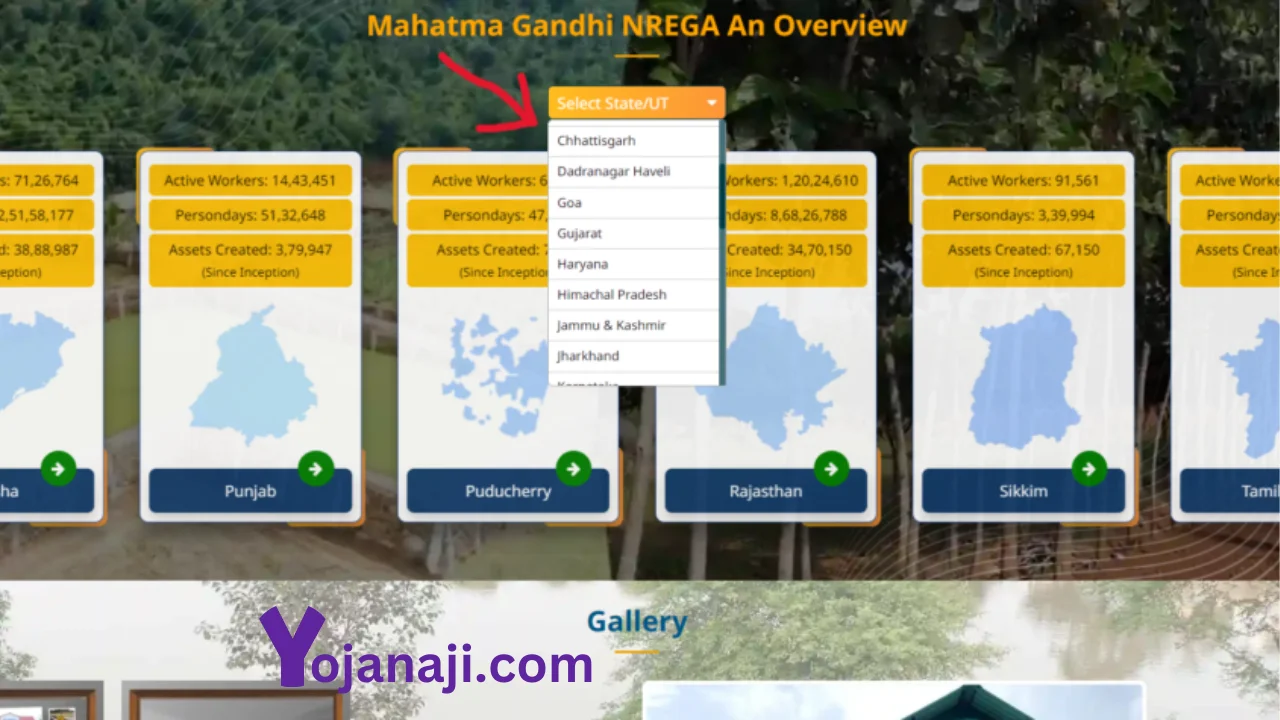
Helpline of Nrega
If your name is not on the list, or you want to file a complaint related to the job card list, you can contact the details below:
The helpline for the Mahatma Gandhi National Rural Employment Guarantee Act (MGNREGA) is designed to assist workers and stakeholders with queries, complaints, and information related to the scheme. The helpline numbers vary by state, but there is also a central helpline for general inquiries.
The central helpline number for MGNREGA is 1800-345-0224, which is toll-free and can be used to lodge complaints or seek information about the scheme. Workers can call this number to report issues such as delayed wage payments, non-receipt of job cards, or any grievances related to the scheme’s implementation.
In addition to the central helpline, each state has its own helpline numbers dedicated to MGNREGA. These state-specific helplines are managed by the respective State Rural Development Departments and are crucial for addressing region-specific issues and providing localized support.
Workers can also access information and lodge complaints through the official MGNREGA website and the NREGA Soft portal, which offer online grievance redressal mechanisms. These digital platforms enable workers to track their complaints and receive updates on their resolution.
Overall, the MGNREGA helpline system, both at the central and state levels, plays a vital role in ensuring transparency and accountability in the scheme’s implementation. It empowers workers by providing them with a direct channel to voice their concerns and seek assistance when needed.
| Nrega | Nrega Details |
|---|---|
| Address | Krishi Bhavan, Dr. Rajendra Prasad Road, New Delhi – 110001 INDIA |
| jsit-mord[at]nic[dot]in | |
| Contact Number | 011-23386173 |
- Bihar Job Card List
- NREGA MIS Report
- NREGA Registration Process
- Sukanya Samriddhi Yojana (SSY) Apply
- NREGA Job Card Download
- PM Kisan 18th Installment: पीएम किसान योजना की 2000 रुपए की 18वीं किस्त जारी, जानें कैसे करें चेक
- Rajasthan Job Card List
- Jharkhand Job Card List
- Madhya Pradesh Job Card List
- Ladli Behna Yojana 17th Installment: लाडली बहना योजना की 1250 रुपए की 17वीं किस्त जारी, जानिए कैसे चेक करें
- NREGA Job Card List
- Full Form of NREGA- National Rural Employment Guarantee Act
- NREGA Wage List
- NREGA Application Status
- PM Ujjwala Yojana 2025: फ्री गैस सिलेंडर के लिए ऑनलाइन फॉर्म भरना शुरू, जानें कैसे करें आवेदन
- Ladli Behna Awas Yojana List: लाड़ली बहना आवास योजना की नई लिस्ट जारी, अभी चेक करें अपना नाम
- Odisha Job Card List
- Chhattisgarh Job Card List
- Punjab Job Card List
- Uttar Pradesh Job Card List
Conclusion
The NREGA Job Card List is a pivotal component of the MGNREGA scheme, ensuring that rural workers have access to guaranteed employment and fair wages. By promoting transparency, accountability, and ease of access, the job card list plays a vital role in the effective implementation of the scheme. For rural households, this list is not just a record but a gateway to financial stability and empowerment. As the government continues to digitize and streamline processes, accessing the NREGA Job Card List has become more convenient, allowing rural workers to claim their rightful entitlements with ease.
Frequently Asked Questions (FAQs) about NREGA
NREGA, or the Mahatma Gandhi National Rural Employment Guarantee Act (MGNREGA), is an Indian labor law and social security measure that guarantees 100 days of wage employment per year to rural households whose adult members volunteer to do unskilled manual work.
Any rural household with adult members willing to do unskilled manual work is eligible to apply for a job card under NREGA.
You can apply for an NREGA Job Card by filling out an application form available at the local Gram Panchayat office or online on the official MGNREGA website. Submit the form along with the required documents (proof of identity, proof of residence, and photographs).
The necessary documents include:
- Passport-sized photographs of the applicant and family members
- Proof of identity (e.g., Aadhaar card, voter ID)
- Proof of residence (e.g., ration card, electricity bill)
The Gram Panchayat will issue the job card within 15 days of receiving the application, after verifying the details provided.
Wages are paid directly into the bank or post office accounts of the workers through direct benefit transfer (DBT) to ensure transparency and reduce the scope for corruption.
The wage rate under NREGA varies by state and is notified annually by the central government. It is usually aligned with the minimum wage rates prescribed for agricultural labor in the respective states.
You can check the status of your job card application on the official MGNREGA website by entering details such as your application number or by visiting your local Gram Panchayat office.
In case of a delay in wage payment, you can report the issue to the local Gram Panchayat office or use the grievance redressal mechanism available on the official MGNREGA website.
In times of natural calamities or if the demand for work exceeds 100 days, state governments have the flexibility to provide additional days of employment under special provisions.
You can inquire about available NREGA projects at your local Gram Panchayat office or check the MGNREGA website, where information on ongoing and upcoming projects is regularly updated.
Transparency is ensured through social audits, public disclosure of information, and the use of technology for monitoring and tracking the implementation of the scheme. The public can access job card lists, muster rolls, and payment details online.
Yes, NREGA can be converged with other government schemes for asset creation and infrastructure development, enhancing the benefits and impact of the scheme on rural development.
Work provided under NREGA includes activities related to water conservation, irrigation, land development, rural connectivity, and other activities that contribute to enhancing agricultural productivity and rural infrastructure.

Tamim is a distinguished policy analyst with over 15 years of experience in analyzing, government schemes and policies. Tamim brings a wealth of knowledge and expertise in the field of social development.

